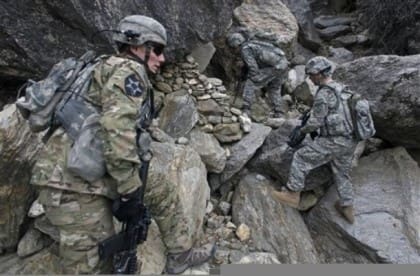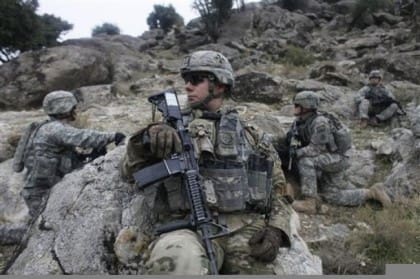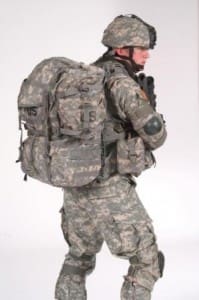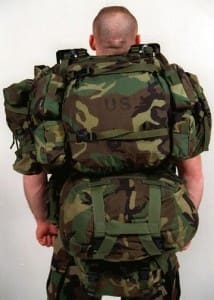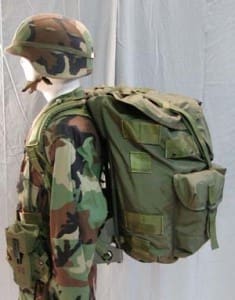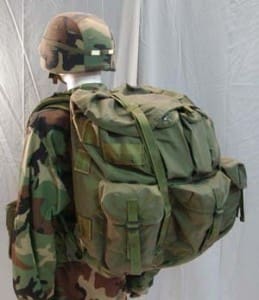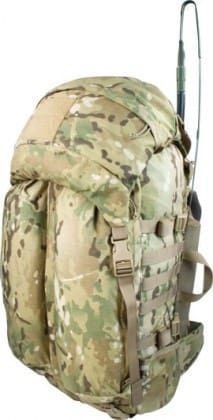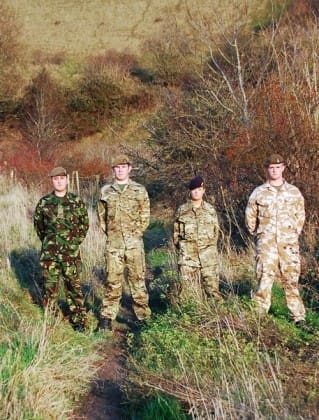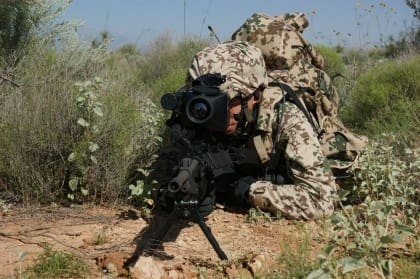I know, I know, these things have shown up all over the web. I have been asking and asking PEO-Soldier for pictures and they have politely informed me that they aren’t quite ready to release any photos yet. The UCP-Delta uniforms and equipment have been in theater for awhile now but the MultiCam test items just reached troops within the last two weeks. So I can understand their position. What’s the point of just looking at one side of the equation? I mean someone may see that only UCP-D photos are out there and say that the Army is biased and already made up its mind.
Ironically, we all get to see our first glimpses of UCP-Delta in use on CNN. And then, today, DoD’s Digital Imagery & Video Distribution System releases several photos of US troops in Afghanistan doing what they do; soldiering. It just so happens that some of them are wearing UCP-D.
Now, I am sure you have noticed that some of the troops in the photos are from the 82d Airborne Division (2d Battalion, 508th Parachute Infantry Regiment to be exact). No, they were not initially intended to participate in testing. About 1,000 uniforms were made in UCP-D, plus about 200 extras. CJTF-82 made the decision on who would receive test items and not PEO-Soldier. 3-61, being a squadron, rather than a battalion, has well under 1,200 Soldiers and consequently, the decision was made to spread the wealth so to speak. Looks like the paratrooper wearing the Arc’teryx Kneecaps is a Grey Group customer (just sayin’).
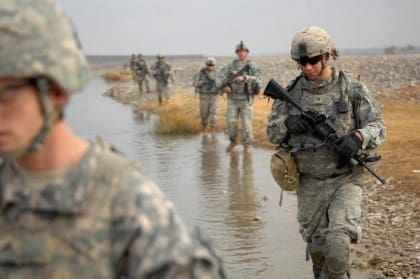
The Tactical Assault Platform (TAP) is in UCP-Delta.
Pictures of 4th ID Soldiers wearing MultiCam ACUs also began to show up. Unfortunately, it seems that their MultiCam TA-50 hadn’t been issued when these were taken.



